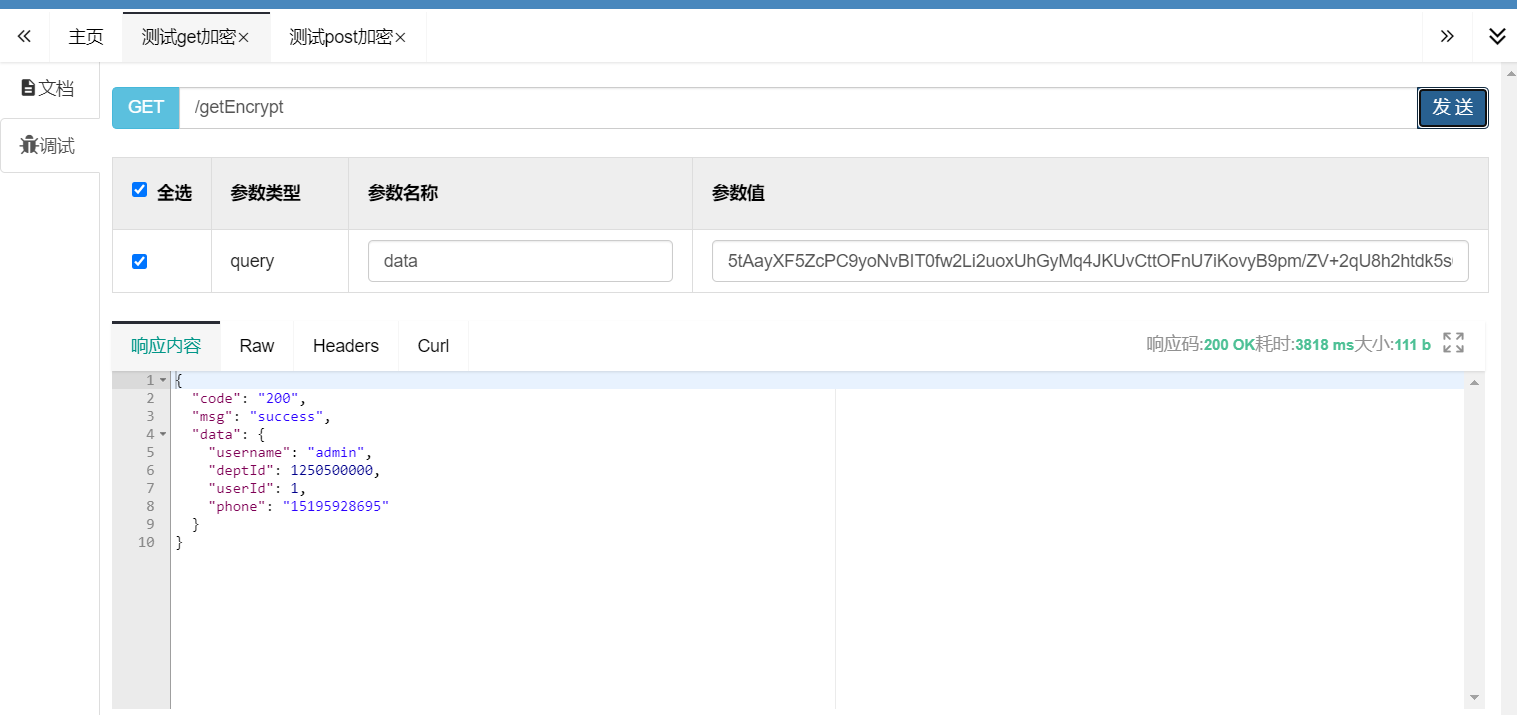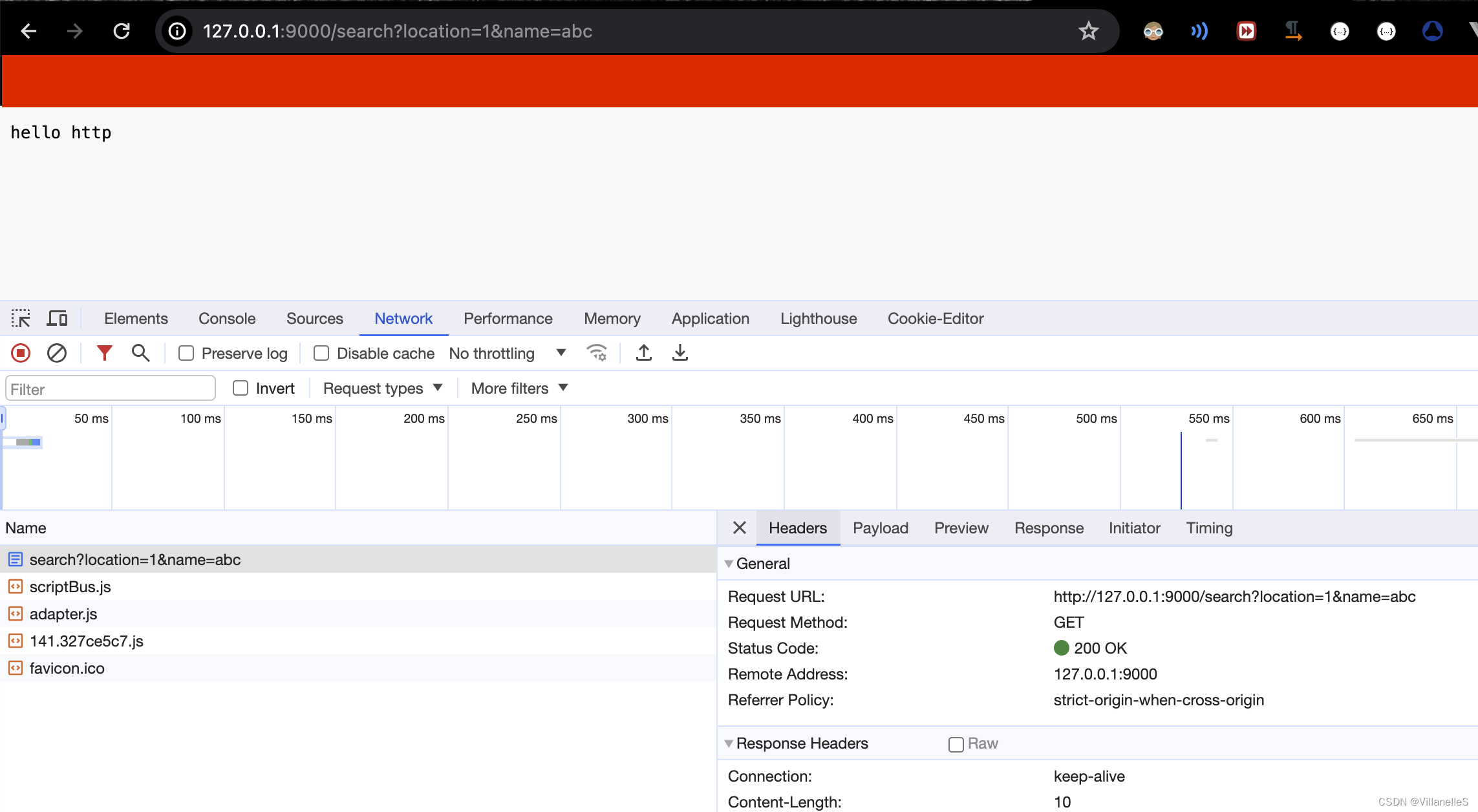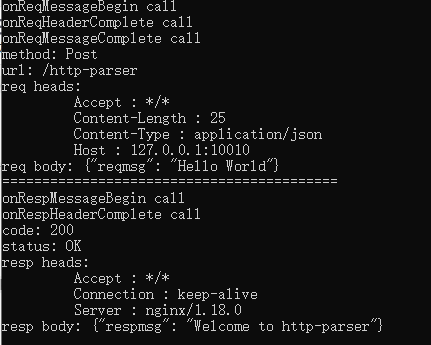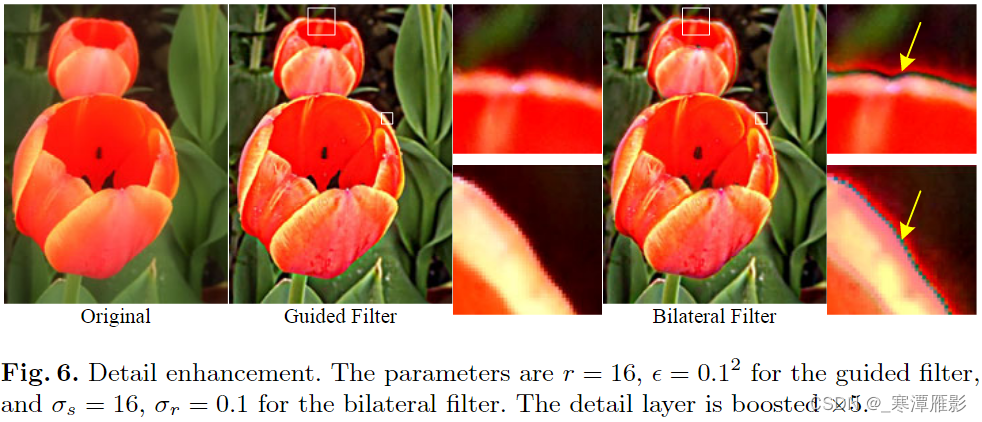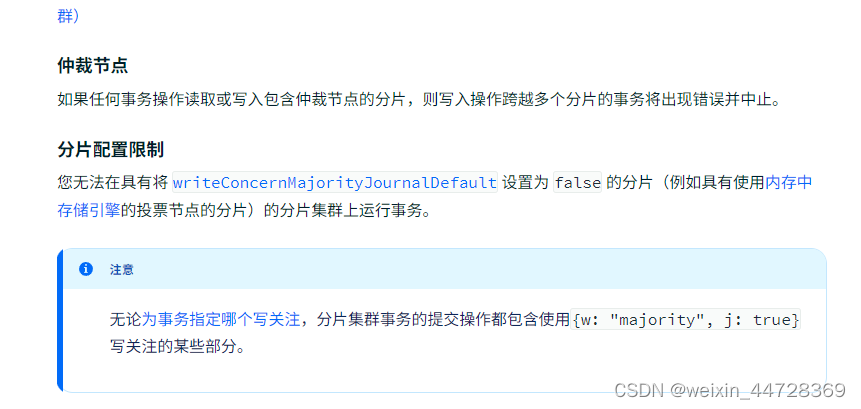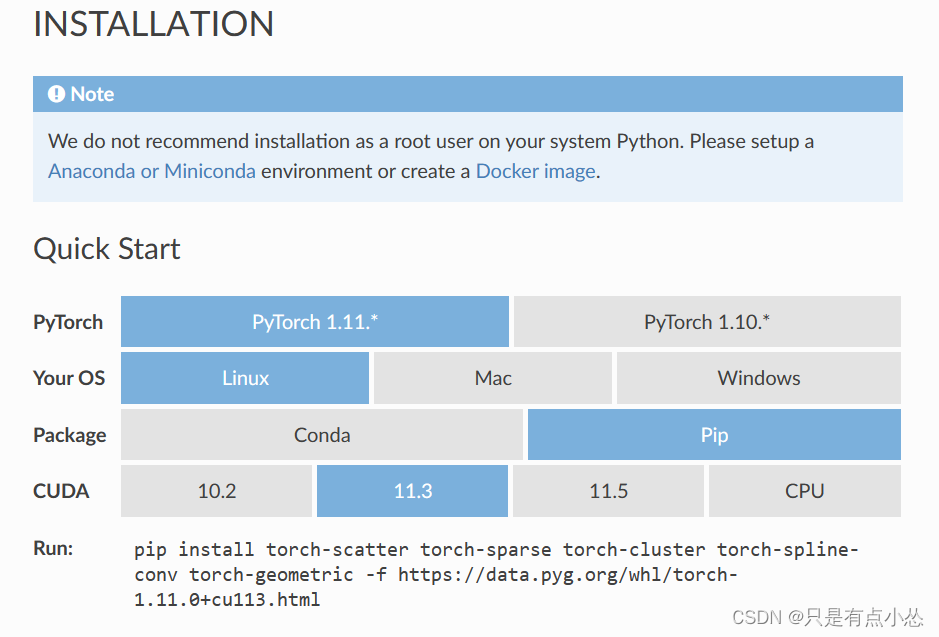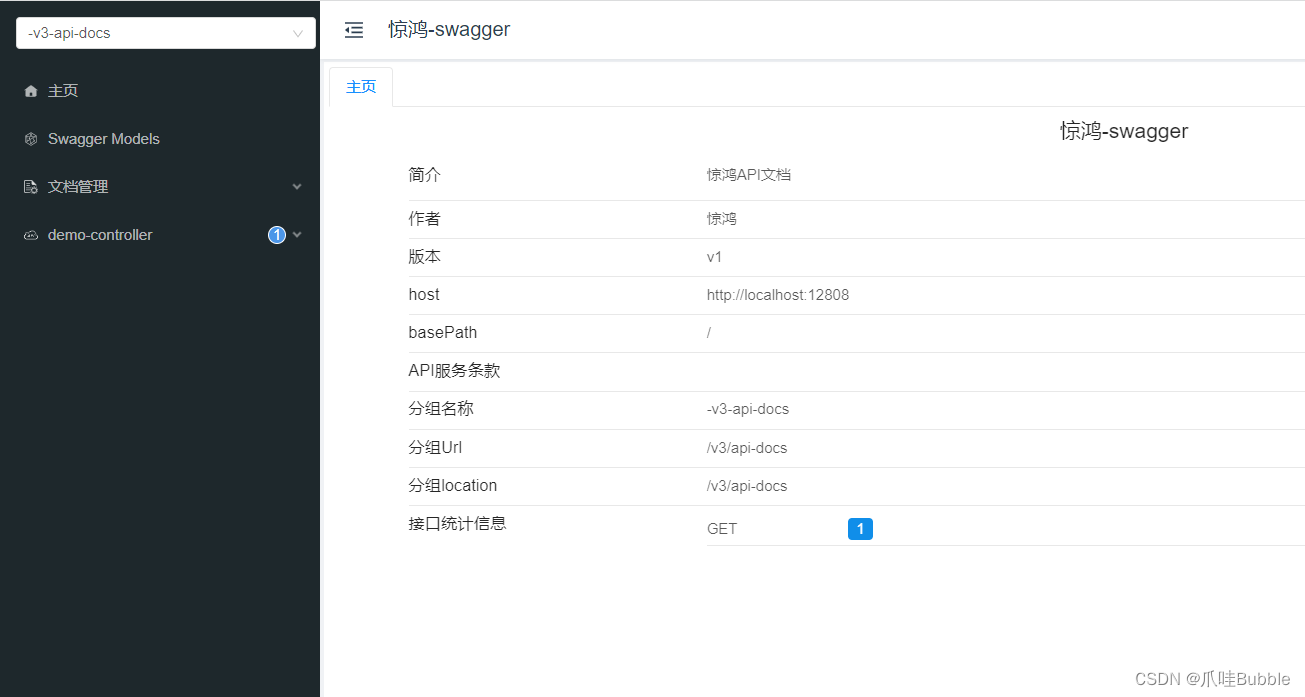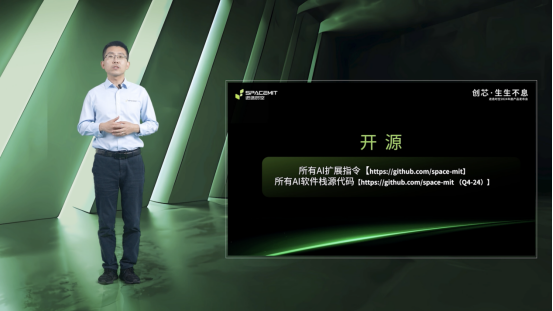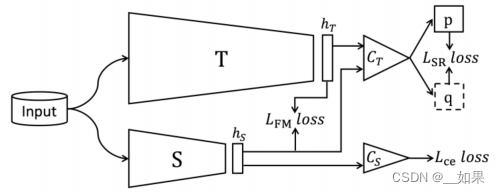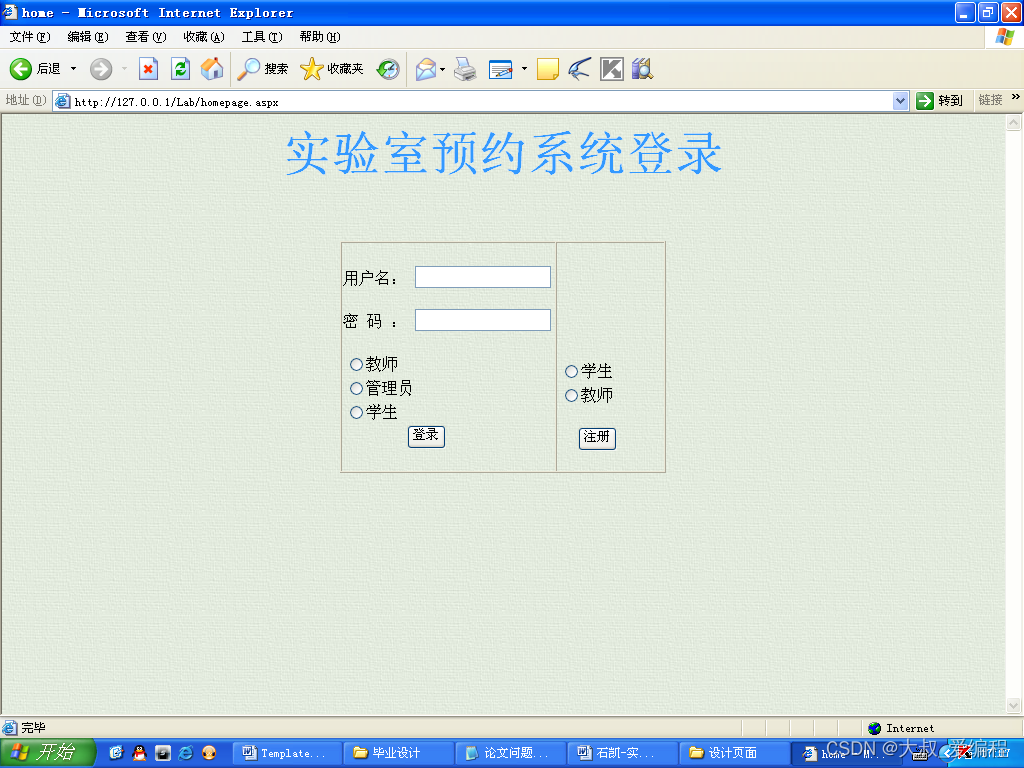文章目录
一、写在前面
项目中经常需要对接第三方平台,每次对接都需要对接收的参数进行加密、响应参数进行解密,所以通过SpringMVC的扩展点,实现一个统一的方法,对请求体进行加解密。
二、实现细节
1、定义加解密注解
import java.lang.annotation.*;
/**
* @description: : 请求参数解密
*/
@Target(ElementType.METHOD)
@Retention(RetentionPolicy.RUNTIME)
@Documented
public @interface RequestDecryption {
DecryptionType type() default DecryptionType.Type0;
}
import java.lang.annotation.*;
/**
* @description: 响应参数加密
*/
@Target(ElementType.METHOD)
@Retention(RetentionPolicy.RUNTIME)
@Documented
public @interface ResponseEncryption {
DecryptionType type() default DecryptionType.Type0;
}
/**
* 加密类型
* 根据业务类型进行扩展
*/
public enum DecryptionType {
Type0("不加密"),
Type1("业务1"),
Type2("业务2"),
Type3("业务3"),
Type4("业务4"),
;
private String name;
DecryptionType(String name) {
this.name = name;
}
public String getName() {
return name;
}
}
2、请求体解密逻辑
import com.alibaba.fastjson.JSON;
import com.alibaba.fastjson.JSONObject;
import org.springframework.core.MethodParameter;
import org.springframework.http.HttpHeaders;
import org.springframework.http.HttpInputMessage;
import org.springframework.http.converter.HttpMessageConverter;
import org.springframework.util.StreamUtils;
import org.springframework.web.bind.annotation.ControllerAdvice;
import org.springframework.web.bind.annotation.PostMapping;
import org.springframework.web.servlet.mvc.method.annotation.RequestBodyAdvice;
import java.io.ByteArrayInputStream;
import java.io.IOException;
import java.io.InputStream;
import java.lang.reflect.Type;
import java.util.HashMap;
import java.util.Map;
/**
* @description: 请求参数解密,针对post请求
*/
@ControllerAdvice
public class DecryptRequestBodyAdvice implements RequestBodyAdvice {
/**
* 方法上有DecryptionAnnotation注解的,进入此拦截器
* 只处理post请求
*
* @param methodParameter 方法参数对象
* @param targetType 参数的类型
* @param converterType 消息转换器
* @return true,进入,false,跳过
*/
@Override
public boolean supports(MethodParameter methodParameter, Type targetType, Class<? extends HttpMessageConverter<?>> converterType) {
return methodParameter.hasMethodAnnotation(RequestDecryption.class) && methodParameter.hasMethodAnnotation(PostMapping.class);
}
@Override
public HttpInputMessage beforeBodyRead(HttpInputMessage inputMessage, MethodParameter parameter, Type targetType, Class<? extends HttpMessageConverter<?>> converterType) throws IOException {
RequestDecryption requestDecryption = parameter.getMethodAnnotation(RequestDecryption.class);
if (requestDecryption == null) {
return inputMessage;
}
if (requestDecryption.type() == DecryptionType.Type1) {
// 解密逻辑 这里可以做成可扩展的
byte[] body = StreamUtils.copyToByteArray(inputMessage.getBody());
// TODO 解密逻辑
Map<String, String> map = new HashMap<>();
JSONObject jsonObject = JSON.parseObject(new String(body));
// 进行解密
map.put("id", jsonObject.get("entryId") + "99999");
map.put("name", jsonObject.get("entryName") + "99999");
final ByteArrayInputStream bais = new ByteArrayInputStream(JSON.toJSONBytes(map)); // 再将字节转为输入流
return new HttpInputMessage() {
@Override
public InputStream getBody() throws IOException {
return bais; // 再将输入流返回
}
@Override
public HttpHeaders getHeaders() {
return inputMessage.getHeaders();
}
};
}
return inputMessage;
}
/**
* 转换之后,执行此方法,解密,赋值
*
* @param body spring解析完的参数
* @param inputMessage 输入参数
* @param parameter 参数对象
* @param targetType 参数类型
* @param converterType 消息转换类型
* @return 真实的参数
*/
@Override
public Object afterBodyRead(Object body, HttpInputMessage inputMessage, MethodParameter parameter, Type targetType, Class<? extends HttpMessageConverter<?>> converterType) {
System.out.println("解密后的请求报文:" + body);
return body;
}
/**
* 如果body为空,转为空对象
*
* @param body spring解析完的参数
* @param inputMessage 输入参数
* @param parameter 参数对象
* @param targetType 参数类型
* @param converterType 消息转换类型
* @return 真实的参数
*/
@Override
public Object handleEmptyBody(Object body, HttpInputMessage inputMessage, MethodParameter parameter, Type targetType, Class<? extends HttpMessageConverter<?>> converterType) {
return body;
}
}
3、响应体加密逻辑
import org.springframework.core.MethodParameter;
import org.springframework.http.MediaType;
import org.springframework.http.converter.HttpMessageConverter;
import org.springframework.http.server.ServerHttpRequest;
import org.springframework.http.server.ServerHttpResponse;
import org.springframework.web.bind.annotation.ControllerAdvice;
import org.springframework.web.servlet.mvc.method.annotation.ResponseBodyAdvice;
@ControllerAdvice
public class EncryptResponseAdvice implements ResponseBodyAdvice<Object> {
/**
* 响应匹配
* @param returnType
* @param converterType
*/
@Override
public boolean supports(MethodParameter returnType, Class<? extends HttpMessageConverter<?>> converterType) {
return returnType.hasMethodAnnotation(ResponseEncryption.class);
}
// 这里可以重写响应体的内容
@Override
public Object beforeBodyWrite(Object body, MethodParameter returnType, MediaType selectedContentType,
Class<? extends HttpMessageConverter<?>> selectedConverterType, ServerHttpRequest request, ServerHttpResponse response) {
RequestDecryption requestDecryption = returnType.getMethodAnnotation(RequestDecryption.class);
if (requestDecryption == null) {
return body;
}
if (requestDecryption.type() == DecryptionType.Type1) {
// 加密逻辑
User user = (User) body;
UserEntry userEntry = new UserEntry();
userEntry.setEntryName("加密后的名字");
userEntry.setEntryId("加密后的id");
return userEntry;
}
return body;
}
}
4、测试类
/**
* 加密后传输的内容
*/
public class UserEntry {
private String entryId;
private String entryName;
public String getEntryId() {
return entryId;
}
public void setEntryId(String entryId) {
this.entryId = entryId;
}
public String getEntryName() {
return entryName;
}
public void setEntryName(String entryName) {
this.entryName = entryName;
}
@Override
public String toString() {
return "UserEntry{" +
"entryId='" + entryId + '\'' +
", entryName='" + entryName + '\'' +
'}';
}
}
import java.io.Serial;
/**
* 解密后传输的内容
*/
public class User implements java.io.Serializable{
@Serial
private static final long serialVersionUID = -7369845805375954031L;
private String id;
private String name;
public String getId() {
return id;
}
public void setId(String id) {
this.id = id;
}
public String getName() {
return name;
}
public void setName(String name) {
this.name = name;
}
@Override
public String toString() {
return "User{" +
"id='" + id + '\'' +
", name='" + name + '\'' +
'}';
}
}
import org.springframework.web.bind.annotation.PostMapping;
import org.springframework.web.bind.annotation.RequestBody;
import org.springframework.web.bind.annotation.RequestMapping;
import org.springframework.web.bind.annotation.RestController;
@RestController
@RequestMapping("/test")
public class TestController {
@RequestDecryption(type = DecryptionType.Type1)
@ResponseEncryption(type = DecryptionType.Type1)
@PostMapping("/test1")
public User test1(@RequestBody User user) {
System.out.println(user);
return user;
}
}
5、测试结果
我们可以实现对请求的内容进行转换、对响应的内容也进行了转换。
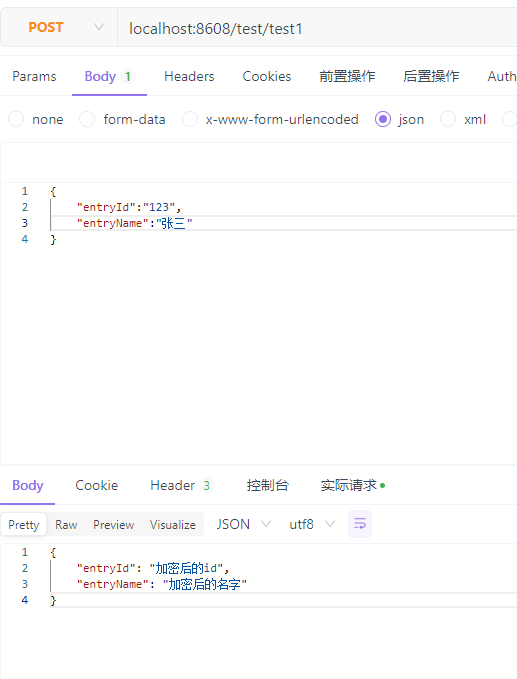
三、源码分析
1、RequestResponseBodyMethodProcessor
RequestResponseBodyMethodProcessor是一个请求参数的处理器,只处理@RequestBody标注的参数,所以只能用于Post请求。

在处理的过程中,会获取所有的RequestBodyAdvice,调用其中的方法进行额外的处理:
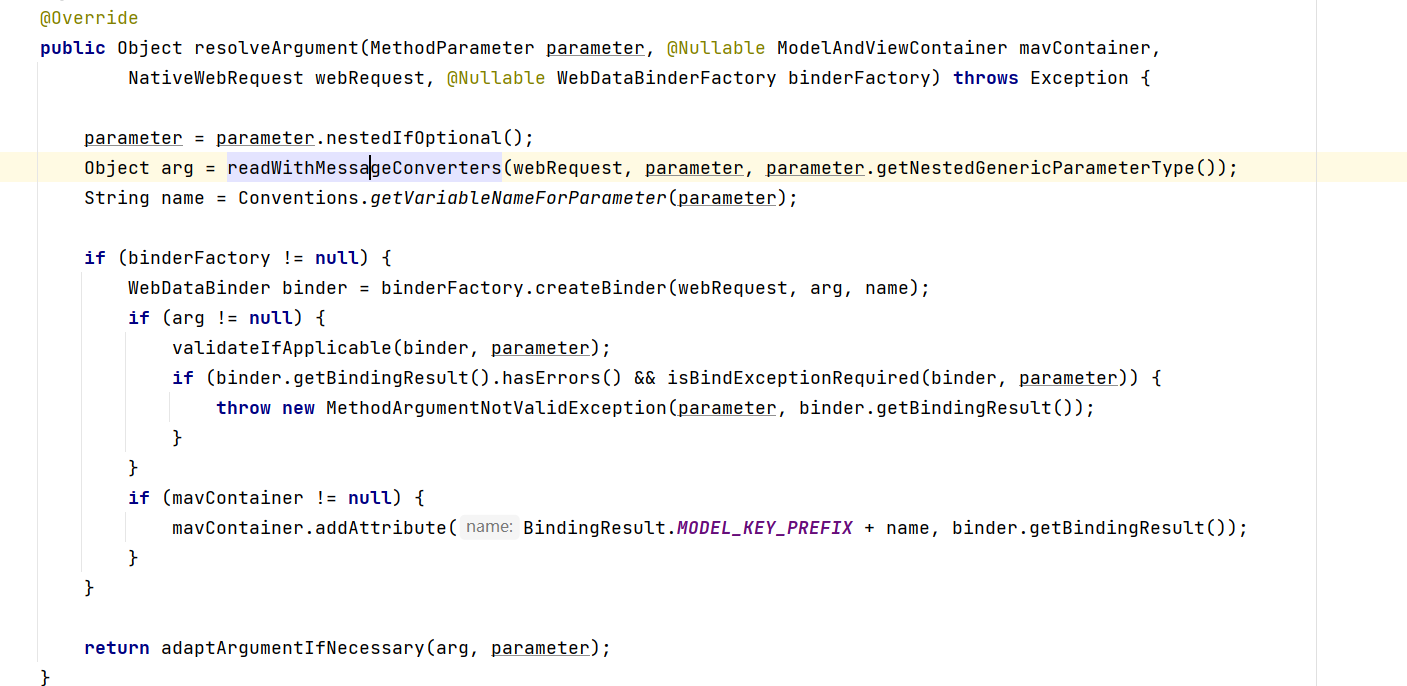
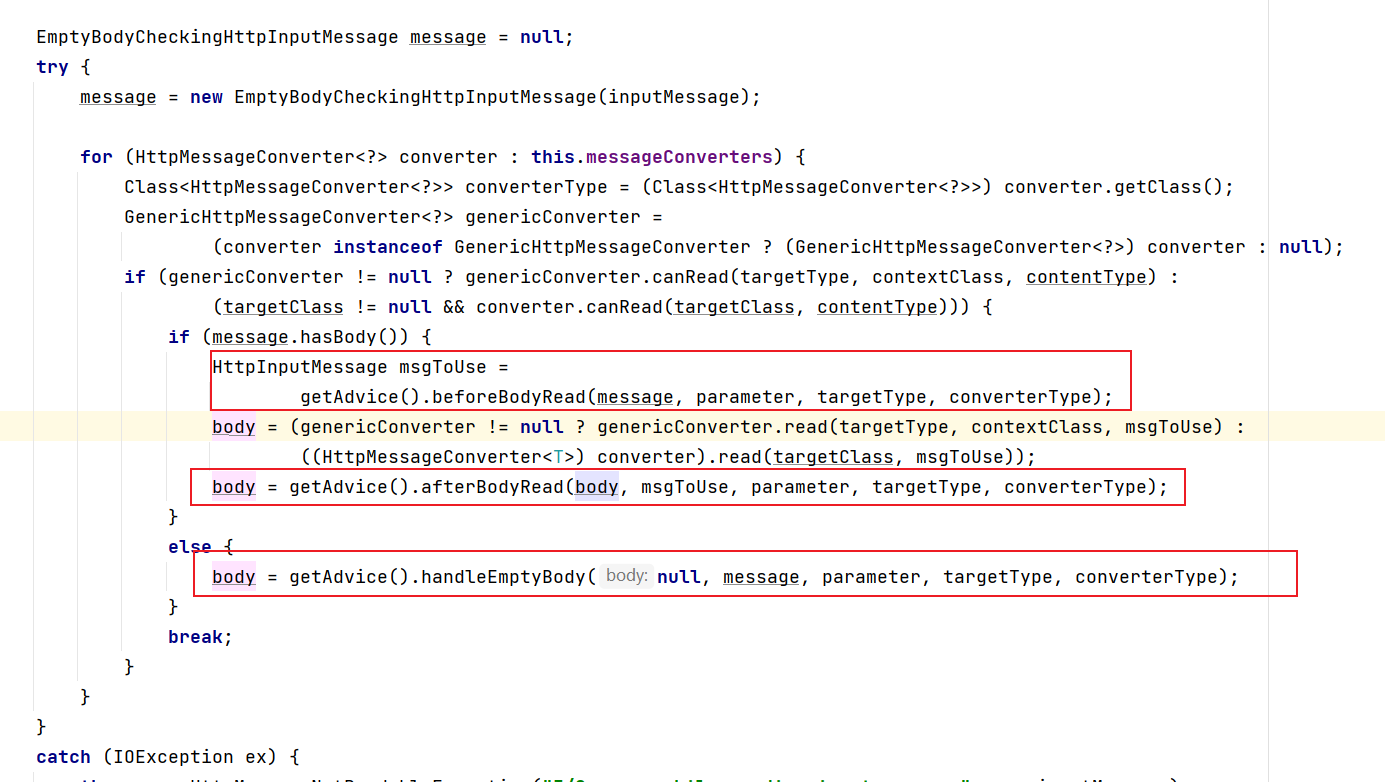
2、RequestBodyAdvice
RequestBodyAdvice是一个接口,提供了三个方法:
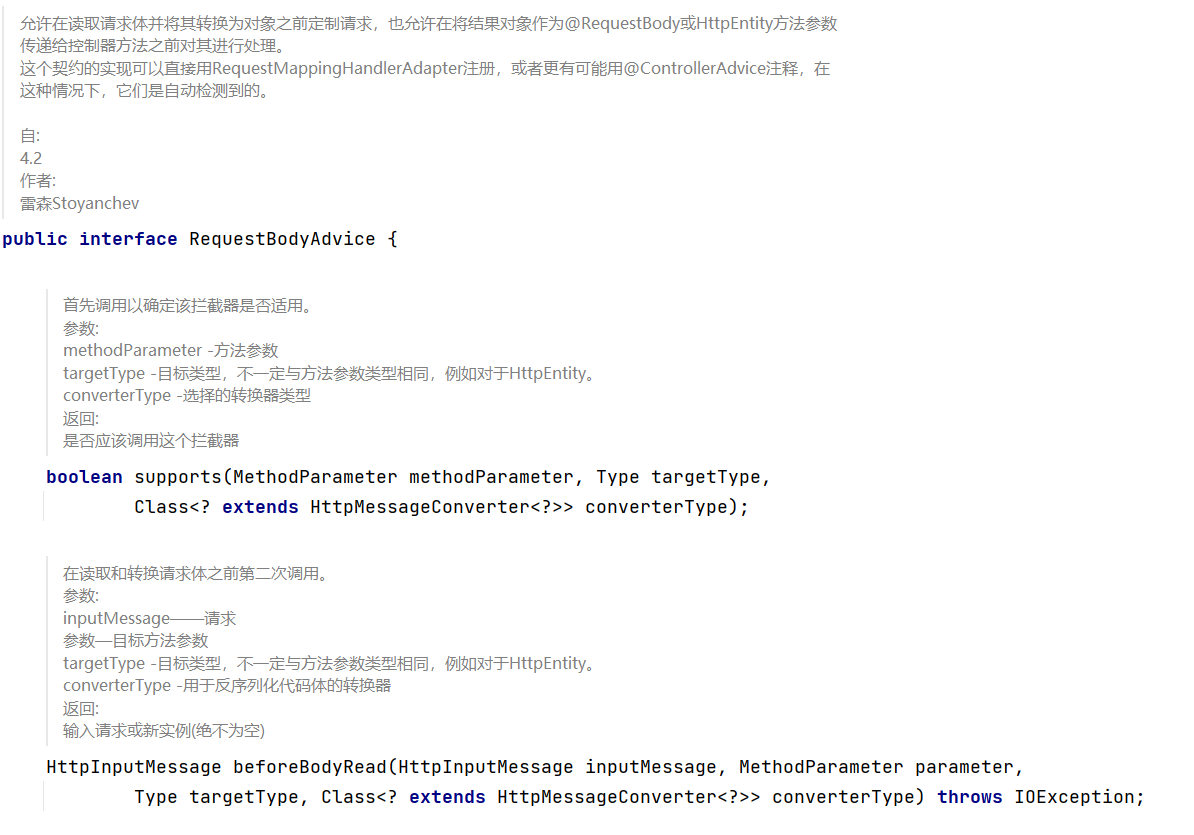

3、ResponseBodyAdvice


